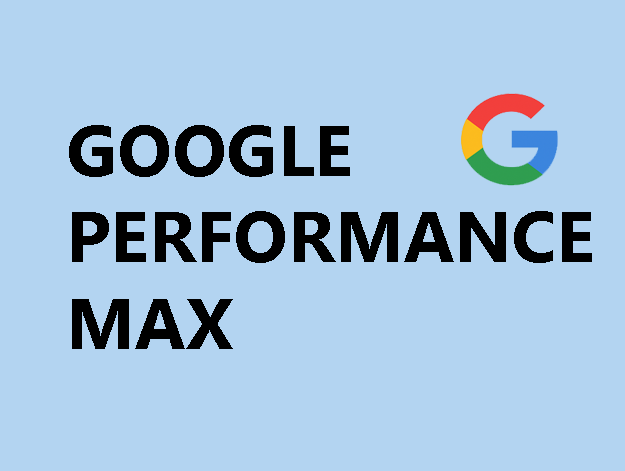Google’s Performance Max (PMax) campaigns have rapidly evolved over the past year, and in 2025, they are firmly embedded in the advertising strategies of many Kiwi and Aussie businesses. PMax offers cross-platform automation and AI-driven optimisation-appearing everywhere from YouTube to Gmail, Display, and Search.
But is it working as promised? And what should advertisers in New Zealand and Australia watch out for?
This blog takes a practical look at what’s working, what isn’t, and how local advertisers can make the most of the newest PMax updates.
What is Performance Max (and Why It Matters in NZ/AU)?
Performance Max campaigns are goal-based campaigns that allow advertisers to run ads across all of Google’s inventory-Search, Display, YouTube, Discover, Gmail, and Maps-within a single campaign. Google uses its AI to automate bidding, placements, creative combinations, and audience targeting.
In theory, this should mean greater efficiency and less manual work. In practice, it depends on how well you feed the system.
What’s Working Well in 2025
1. PMax Can Unlock Serious Reach
PMax is particularly effective for local retailers and e-commerce brands. Businesses using Google Merchant Centre in New Zealand and Australia are seeing increased exposure on Shopping, YouTube Shorts, and Maps-particularly when paired with well-structured product feeds.
According to Google’s ANZ Q1 2025 insights, advertisers using PMax saw on average a 35–40% lift in total impressions across channels compared to traditional Search campaigns.
2. AI-Powered Creatives Are Improving Performance
Google now automatically generates image and text assets based on your website, product data, or landing page content. These dynamic assets have become more relevant and engaging since the March 2025 update.
In tests run across Australia-based e-commerce stores, campaigns that used auto-generated creative alongside manually uploaded video and image assets saw an average CTR increase of 11%.
3. First-Party Data Still Wins
Local businesses that upload customer data (via Customer Match) and enable Enhanced Conversions consistently report higher-quality conversions.
A Wellington-based furniture retailer using PMax with first-party customer lists saw a 23% improvement in ROAS compared to a campaign without audience signals, with spend held constant at NZ$3,000/month.
What’s Not Working (and What’s Change
1. Placement Visibility Has Improved – But Control Is Still Limited
In a welcome update this year, Google now allows advertisers to view placements where Performance Max ads appeared, including YouTube videos, websites on the Display Network, and apps. This provides more insight into where your budget is going and helps identify low-performing or off-brand environments.
However, control is still limited. You can view placements post-delivery but can’t proactively exclude many categories without using account-level exclusions or brand safety settings. It’s a step in the right direction, but not full transparency yet.
2. Brand Cannibalisation Still a Problem
Many Kiwi advertisers have reported PMax campaigns stealing budget from branded search traffic. For example, if someone searches for your business name, PMax may serve an ad even if a standard Brand campaign is already running.
Unless brand terms are specifically excluded at account level, you may end up paying for traffic you would have received organically or at a lower cost in a standard Search campaign.
3. Lead Quality Can Be Hit-and-Miss
This is particularly true for B2B, SaaS, or service-based advertisers in NZ and AU. Without offline conversion tracking (e.g. syncing qualified leads or sales back to Google), PMax often optimises for volume rather than value.
Several agencies in New Zealand have flagged an increase in low-quality leads-with contact forms submitted by users who don’t match their ideal buyer profiles.
Realistic Benchmarks in NZ & AU (2025)
Data sourced from regional media buying agencies and Google NZ/AU partner reports:
| Metric | NZ / AU Average (2025) |
| Cost Per Click (CPC) | NZ$1.60 / AU$1.45 |
| Click-Through Rate | 3.6% |
| Average ROAS (Retail) | 3.5x–4.2x |
| Conversion Rate | ~5.1% |
| Top Performing Channel | YouTube + Search (PMax) |
Note: Performance varies significantly by vertical. E-commerce generally outperforms service-based or lead-gen businesses on PMax.
Best Practices for NZ/AU Advertisers
To get the most out of Performance Max in 2025, here are some practical tactics:
- Break Out Brand: Use a separate campaign for branded search terms and add account-level negatives.
- Upload Custom Creatives: High-quality visuals and short videos improve results.
- Use Conversion Value Rules: Prioritise higher-value audiences or products.
- Import Offline Conversions: Help Google optimise for sales-qualified leads.
- Monitor Brand Search Volumes: Avoid inflated metrics from brand term cannibalisation.
Summary
Performance Max in 2025 is a powerful tool-but not a magic bullet. In New Zealand and Australia, advertisers are seeing strong results when they guide PMax with the right signals, creatives, and campaign structure.
If you’re an e-commerce retailer or service provider, PMax should be part of your paid media mix. But it shouldn’t replace strategic campaign planning or performance tracking.
Email Us: info@metricsmedia.co.nz
Not sure if your Performance Max campaign is doing its job?
We offer a free Google Ads health check for NZ and AU businesses-reviewing your current PMax setup, budget efficiency, audience signals, and creative assets.
Request your audit now or email us at info@metricsmedia.co.nz



